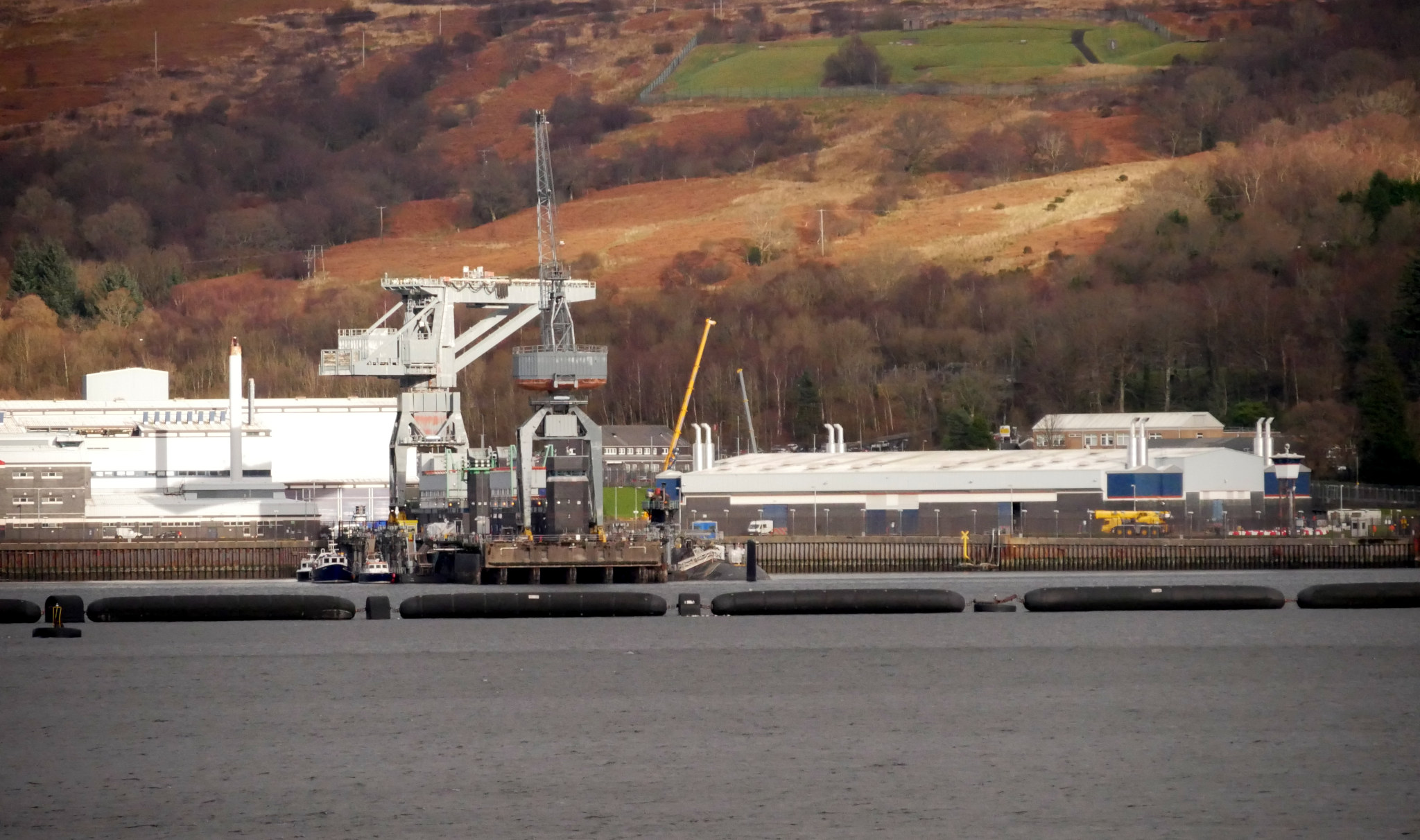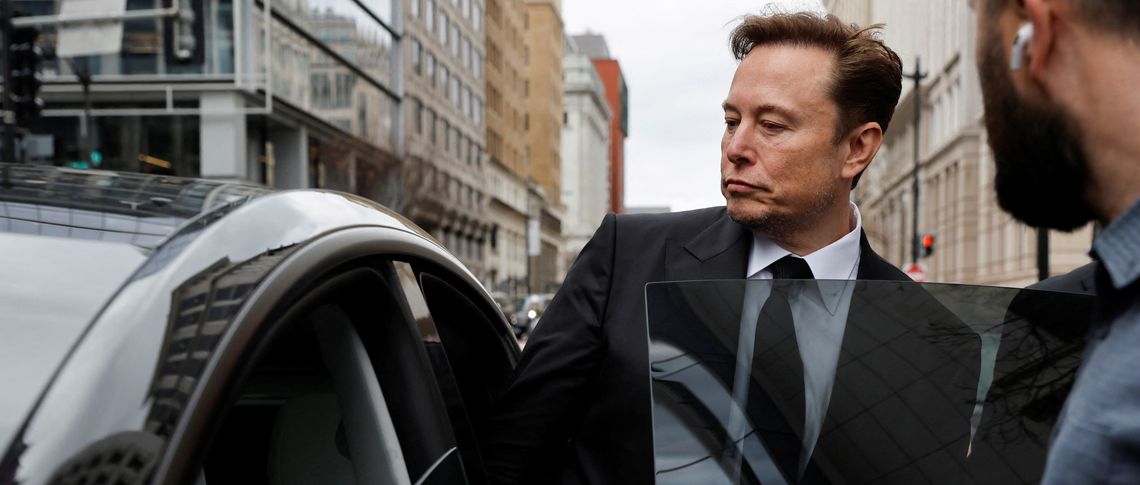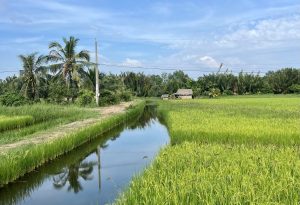PAKISTAN
Textile exporters blame govt for ‘economic disaster’

KARACHI: The interim rule has again drawn severe criticism for “intruding” into the economic matters that left the national economy in disaster by increasing the energy prices to a “historic” level, textile exporters said on Wednesday.
They said that the interim government was responsible for mainly holding the elections and not wrestling with the economy. They also blamed it for “deliberate” and “engineered” motives that caused industrial slowdown and sabotaged the country’s exports during its entire tenure.
Muhammad Jawed Bilwani, Chief Coordinator Value-Added Textile Forum, Mubashar Naseer Butt, Chairman Pakistan Readymade Garments Manufacturers & Exporters Association, Muhammad Usman, Towel Manufacturers & Exporters Association and Khalid Majeed, Chairman, Denim Manufacturers & Exporters Association jointly held the interim setup for the economic downturn.
Pakistan’s textile exports plunge 12% year-on-year in September: APTMA
Repeated increase in the gas and electricity prices to an unbearable level by the interim government has left the value-added textile export uncompetitive on the world markets, blaming it for ensnaring the country in the IMF plans. They added that the transitional setup had also poor economic policies that unleashed the free fall of rupee against the dollar, ensuing in input cost escalation to pull down the manufacturing growth and brought the industry near to a close.
The textile export industry is also grappled with gas cuts for twice a week, besides the discount policy rate has also touched the highest limit of 22 percent and export refinancing and LTFF 19 percent with a bank spread, they said.
Showing their profound concerns, they said that the country’s exports have nosedived comparatively by 12.71 percent from $31.78 billion in July-June 2021-22 to $27.74 billion over the same period in 2022-23, citing the “harsh” factors, which is hurting the industry.
“This is 16.61 percent decline to the export target of $32.35 billion set for the fiscal year 2022-2023,” they said that the export-oriented industries are faced with the “greatest” ever challenges in terms of the “highest” cost of manufacturing. Many industries, they claimed to have already stopped their production in the country with several others fearing a closure because of the unviable trade, which may also pulled the country’s exports further down.
The interim rule has raised gas tariffs to “the highest” ever levels by 118 percent from August 2023 and added on with a 40 percent cost of RLNG. This move overall gave a steep rise of 191 percent to the gas prices to the historic levels, they added. The exports industry is also compelled to pay the “exorbitant” gas price, which is tagged with the cross subsidy that the fertilizer, feedstock, domestic consumers and power generation sector enjoy, they pointed.
“The circular debt is additional. The export industries cannot pass on the exorbitant effect of the high gas tariff and costly industrial inputs,” they added.
They again accused the intern setup of its plan to further increase the gas tariffs to Rs2950 per mmbtu for the industrial consumers. “For RLNG blend previously the ratio of Indigenous gas was 50 percent and RLNG 50 percent, which has now been changed to 33:67,” they added.
The OGRA, which has determined the tariff of two gas companies including SSGCL and SNGPL without consulting the industry, they said and called it “deplorable” that the industry has no representation on the oil and gas regulator board.
They requested to the Prime Minister to intervene in the matter and invite the stakeholders to a meeting for a deliberation to solve the energy problems that the industry is facing.
Copyright Business Recorder, 2024









